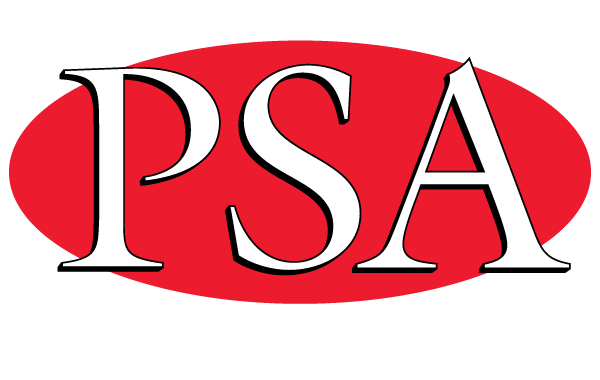The front line behind police
The front line behind police Red Tape Aug-Dec 2013 (PDF)
How many times have you heard the word ‘frontline’ applied solely to police, fire fighters and nurses by our state politicians?
Perhaps they should read and understand the following definition provided by the Department of Premier and Cabinet (DPC) on their website: “modern public sectors rely more than ever on their frontline employees, the people who provide government services to the public. Furthermore, frontline employees cannot deliver quality services alone – they need a customer-focused culture, leadership, management and systems”.
So by their own admission, civilians in Police – the Strength Behind the Force – are all frontline employees.
Consider this scenario:
A member of the public seeks a firearm licence and a civilian at the Firearms Registry provides this service.
The individual also wants to renew a security licence, but has been rejected, so they speak to a civilian in the Security Licensing & Enforcement Directorate for assistance.
The next day, the same member of the public goes to their local police station to report a break and enter and is assisted by the civilian General Administrative Support Officer at the counter.
It is decided that the house in question should be fingerprinted, so a civilian Scene of Crime Officer attends and processes the job.
Any fingerprints might then be analysed and identified by a civilian Crime Scene Officer.
Notice a pattern here?
Now think about how police officers make it onto the street or to a crime scene.
In the first instance, a civilian Roster Officer will have rostered a first response group of officers.
But before they leave the police station, they have changed into their uniforms, put on their appointments and grabbed their notebooks.
Each of these items are ordered, maintained and audited by civilian Local Area Managers and General Administration Officers.
Civilian Armourers will have serviced the officers’ weapons.
The officers then get into a police car.
Again, not as simple as it seems.
The civilian officers at the Local Area Command monitor the fleet of cars, fuel cards and the servicing of the vehicles.
They also ensure that the police station has electricity and running water and is properly maintained.
The Police Officers receive their job from a phone call taken by a civilian Triple 0 operator, then relayed by a civilian Communications Officer in one of five radio operations centres around NSW.
It’s a call to a well-known address.
The Communications Officer tells Police that there are warnings on the address that have been provided by a civilian Intelligence Analyst.
One victim at the job is from a culturally and linguistically diverse community.
The second victim is of Aboriginal background.
The civilian Multicultural Community Liaison Officer and civilian Aboriginal Community Liaison Officer are brought in to provide their experience and support.
These civilians rely upon the policies and procedures developed by civilian Policy Officers who draw on the civilian Statisticians’ data to support policy content.
Civilian Advisors in the Commissioners Executive Advisory Unit finalise the policy and procedures.
The offender at the centre of the incident dislikes police and afterwards makes a complaint about the officers.
That complaint is triaged by the civilian Executive Officer.
When these officers return to the police station, they enter the event details onto the police computer system, which is maintained and supported by civilians in Business & Technology Services.
During the job, one of the officers injured their ankle and will have to take time off.
This injury will need to be reported and the return to work process supported by a civilian Injury Management Advisor.
Any adjustments to the officer’s pay due to the injury will need to be made by the civilians in Payroll.
Expertise from the civilians in Workforce Management and Human Resources will ensure that the officer is treated equitably under the award and policy.
This is not an exhaustive illustration but clearly highlights the critical involvement of civilians in frontline policing.
So next time you see a uniformed Police Officer, think of the battalion of civilian workers that stand shoulder to shoulder with them.
They are the strength behind the force.
Donna Glover
Chair of the Police Headquarters Workplace Organising Committee
and workplace delegate in Operational Programmes













